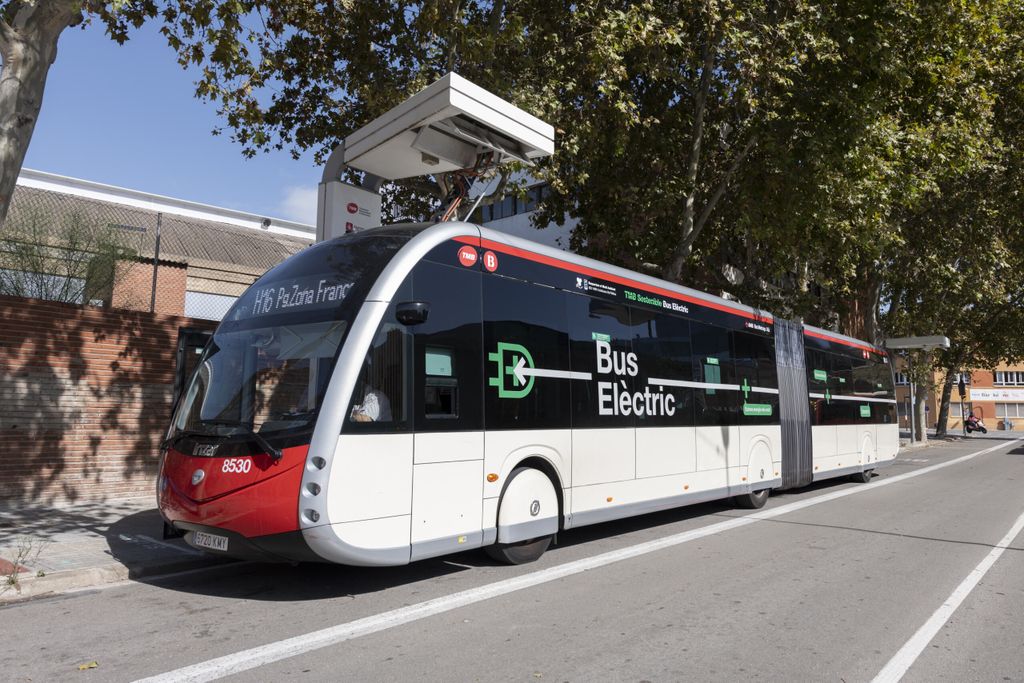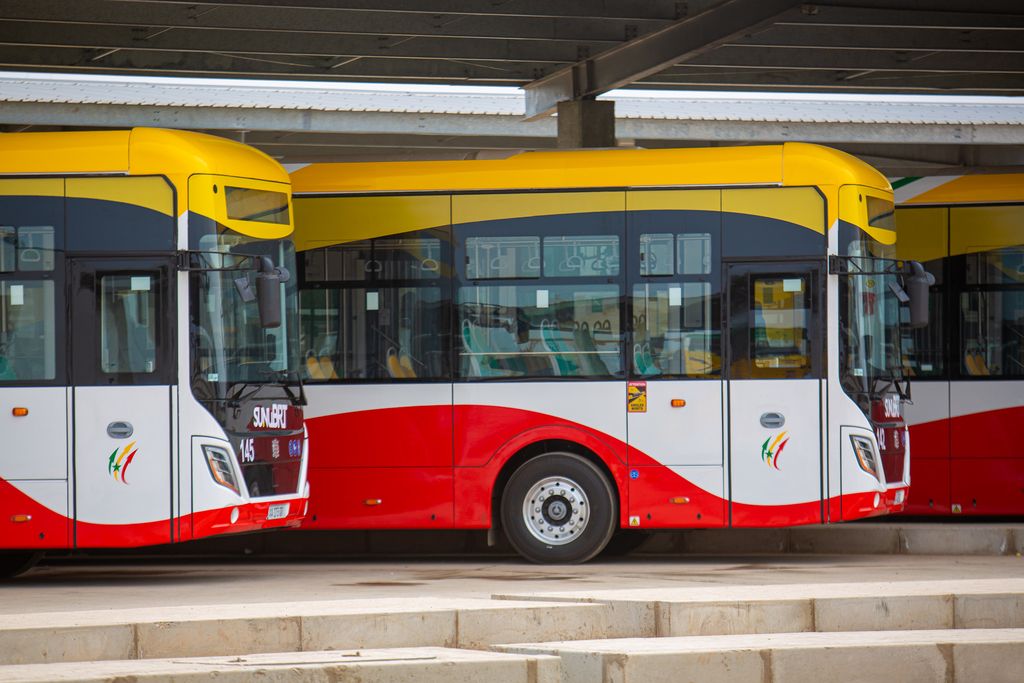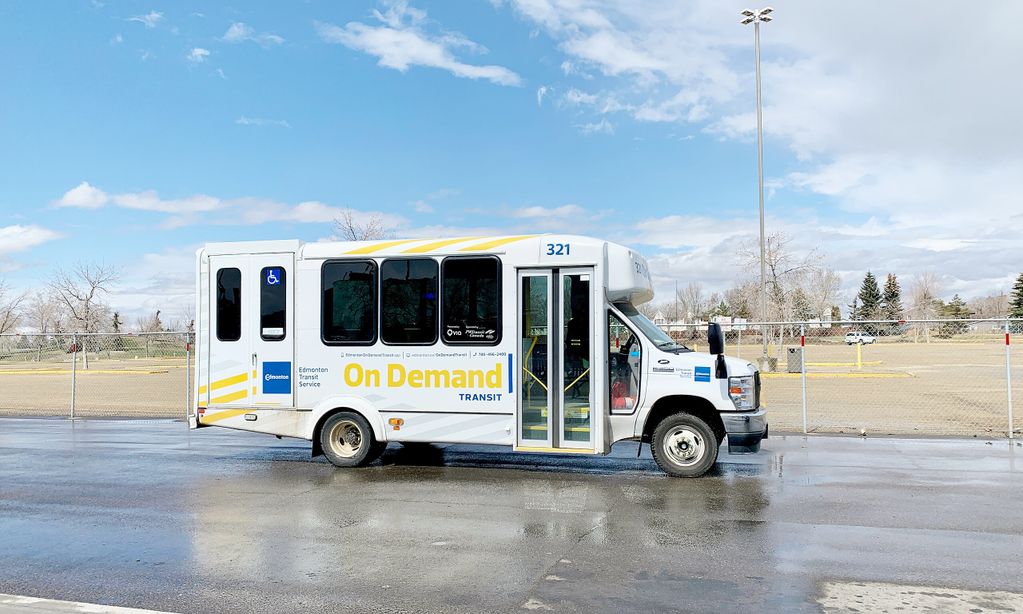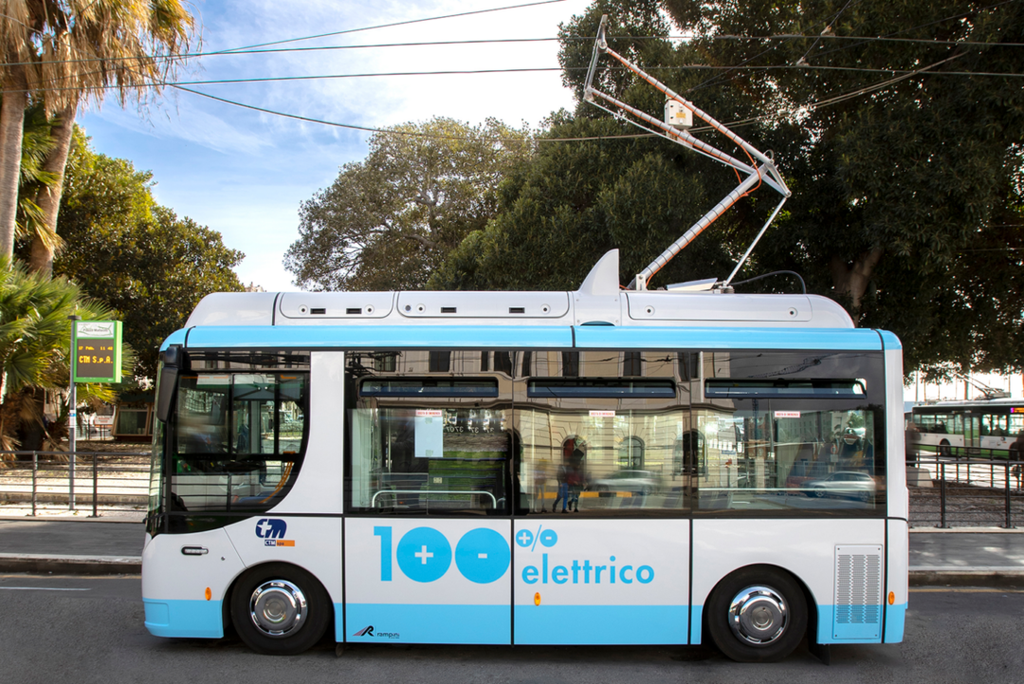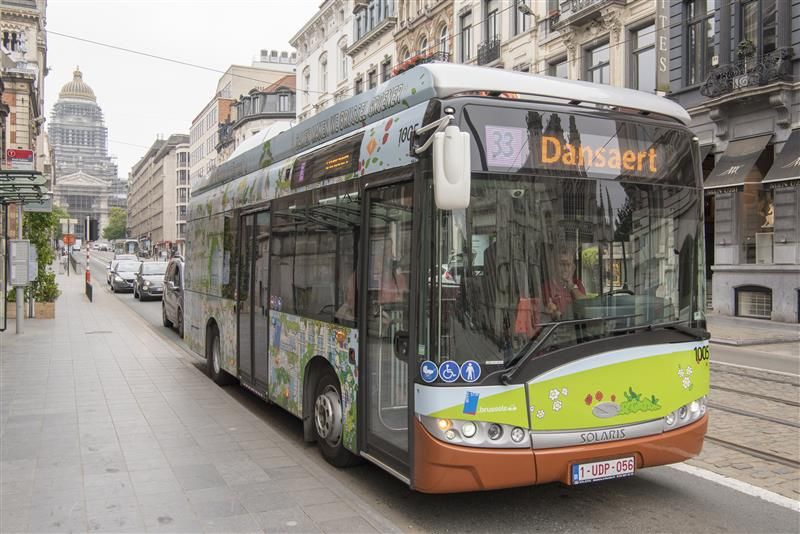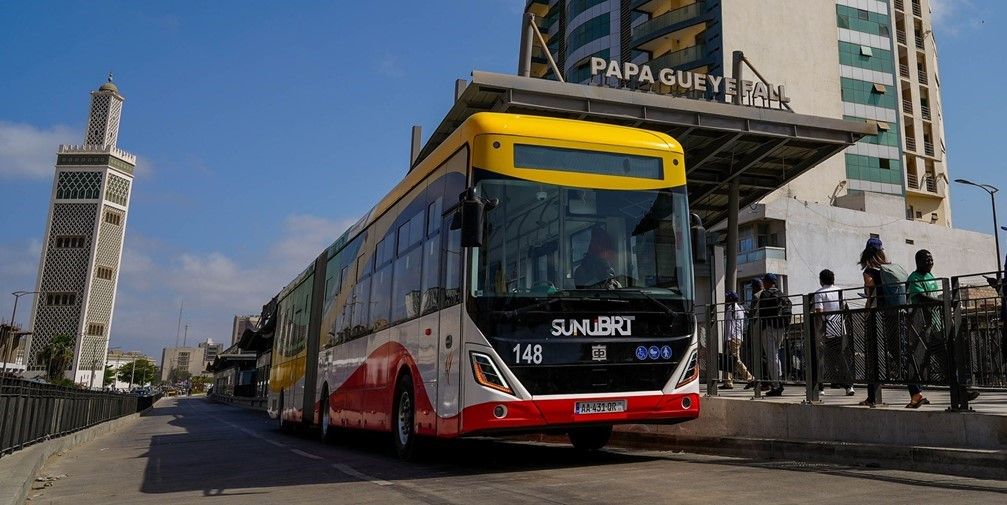
Financial Planning for the Electric Bus Transition
Electric buses (e-buses) are gaining increasing popularity in India thanks to a combination of fiscal and regulatory incentives provided by Government of India (GoI). GoI has committed financial support of more than ₹54,000 crore (USD 6.8 billion) in the form of the Faster Adaption of Manufacturing of Hybrid and Electric Vehicles (FAME) (₹10,000 crore (USD 1.3 billion)) scheme for end-user incentives, Performance Linked Incentives (PLI) scheme for electric vehicle and component manufacturing (₹25,938 crore (USD 3.2 billion)), and Advanced Chemistry Cell (ACC) (₹18,100 crore (USD 2.3 billion)) manufacturing in India. Apart from these, reduced Goods and Services Tax (GST) on the purchase and contracting of electric vehicles (EVs), a waiver on Motor Vehicle (MV) tax & permit fees, and state-level subsidies have all contributed to reducing the price of e-buses in India.
Besides the following incentives provided by both Central and State governments, the lack of access to long term funding and financing remains a key barrier for bus agencies’ transition to e-buses. The Covid-19 pandemic further led to subsequent drop in revenues for bus authorities. Financial support from International Financing Institutions (IFIs) such as the World Bank, KfW has been limited due to reasons such as cost structure of diesel buses is being dominated by operational expenses on staff and fuel, thereby making the capital investment component of the project relatively small and lack of a long-term vision and financial plan for the investment needs of bus operating agencies.
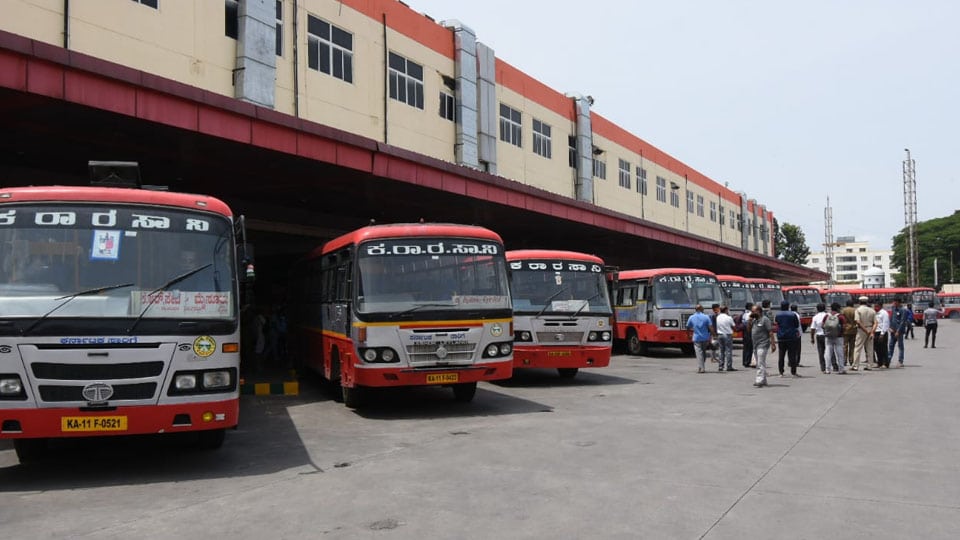
Karnataka as the Case Study
Thus, the transition to electric buses requires a fundamental shift in financial planning because of shift in the business model and cost structure. With electric buses, the cost structure of bus operations has fundamentally shifted to being capital heavy and operationally light due to the higher cost of buses, batteries and charging infrastructure and lower cost of electricity compared to diesel. This has increased IFI’s attractiveness to electric buses. It is a golden opportunity for STUs to attract external capital investments for e-bus fleets and charging infrastructure development, in addition to their traditional budgetary allocation.
Given the predominance of rural and intercity bus services in India, an analysis of the case of rural and intercity public bus services in the state of Karnataka is presented as the case study in the knowledge brief. However, the approach used is applicable to other states and in the case of urban bus services, as well. The knowledge brief presents an approach to estimate long-term fleet improvement needs, comparison of the per-km Total Cost of Ownership (TCO) of diesel buses with that of e-buses and the fleet-level financial implications of transitioning to e-buses using alternative business models. The brief also discusses the financial constraints to this transition and recommended solutions to overcome them.
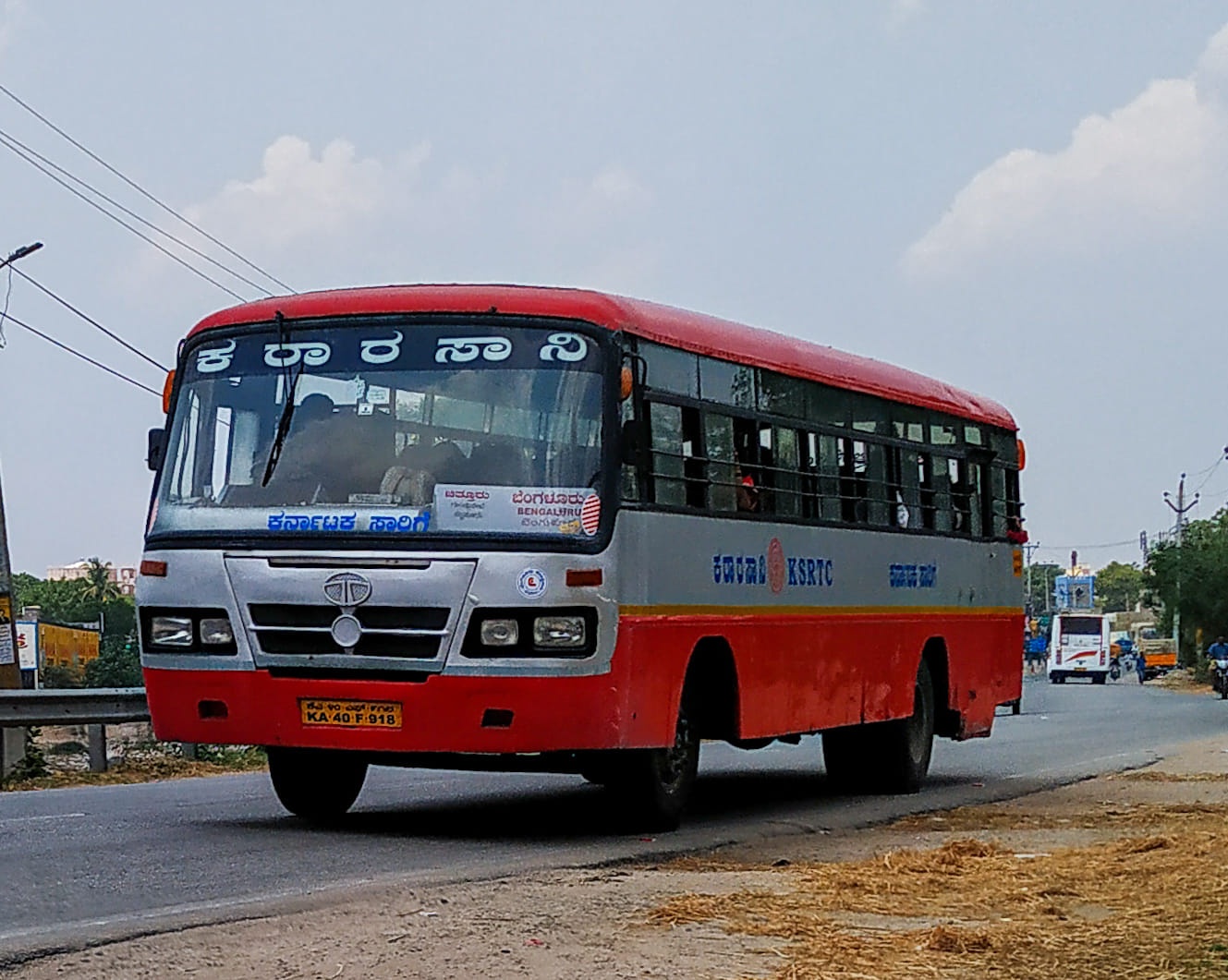
Fleet and financial needs assessment
An estimate of the likely fleet needs of KSRTC over the next decade is calculated based on past growth trends, existing fleet replacement needs, and additional fleet needed to cater to alternative scenarios of demand forecasted for the future. The per bus ridership achieved by the current fleets is taken as the benchmark to estimate the fleet needed to cater to the forecasted ridership. Two scenarios for annual ridership growth rate of 3% and 5% were analysed to estimate the ridership in 2030 for the three corporations.
Financial needs assessment include estimates on the capital, operational and financing needs to meet the fleet demand scenarios. A comprehensive financial model is developed that takes fleet technology, operational and financial inputs to estimate the future needs under alternative scenarios such as diesel Vs electric buses, in-house Vs outsourced operations, and alternative costs of financing. The Total Cost of Ownership (TCO) model developed by the International Council on Clean Transportation (ICCT) with inputs from UITP was used to assess the TCO of electric and diesel buses for the case of Karnataka. Based on the equal proportion procurement of diesel and electric buses i.e., 50% each, the financial modelling for this fleet was carried under four alternative scenarios of procurement, i.e., combinations of outright purchase and Gross Cost Contract (GCC) models for diesel (Bharat Standard VI) and electric buses (EV). The fleet-level financial model was further extended to carry out sensitivity analysis to establish the relative impact of the key variables impacting electric bus financing and therefore their capital expenditure for all the three regional STUs in Karnataka.
The analysis helped to identify the key barriers towards attracting capital investments across different business models for financing electric buses. Addressing these constraints would require long term reforms to bring in operational financial sustainability such as reduction of costs through performance efficiency, improving ridership through service attractiveness and consistent Viability Gap Funding mechanisms from the Government. The detailed technical analysis and findings of discussions with financing entities is documented in the form of a knowledge brief and the supporting annexure document.

